This article was co-authored by Meera Subash, MD. Dr. Meera Subash is a board certified Rheumatologist and Internist. She specializes in scaling up healthcare technology solutions for rheumatic and chronic disease management. Dr. Subash holds a BA in Human Biology from Stanford University and a Doctor of Medicine (MD) from Texas Tech University Health Sciences Center. She completed a residency in Internal Medicine at The University of California, San Diego, where she served as Chief Resident in Quality and Patient Safety at The VA San Diego Healthcare System. Dr. Subash also completed a fellowship in Rheumatology at The University of California, San Francisco - School of Medicine. She is currently pursuing another fellowship in Clinical Informatics at The University of California, San Francisco - School of Medicine.
This article has been viewed 49,552 times.
Voltaren Gel is a topical ointment that's used to help treat pain that comes along with osteoarthritis and joint problems, such as stiffness, aches, and swelling.[1] To apply the gel, you'll use a dosing card to measure the correct amount, squeezing the gel out to the 2 or 4 g (0.071 or 0.141 oz) line. Spread the gel out onto the affected area, and then let it sit for at least 10 minutes so that it can start relieving pain properly.
Steps
Applying the Gel
-
1Wash your hands before and after applying the gel. Use soap and water to wash your hands before applying the gel to the desired area. Once you’ve rubbed the gel into your skin, wash your hands again to get the excess gel off.[2]
- If you’re applying the gel to your hands, you don’t need to wash them off after applying Voltaren, but do make sure your hands are dry before putting the gel on.
-
2Follow the directions on your prescription label. Your doctor should have given you specific instructions for applying the gel, especially when it comes to the dosage amount.[3] If your doctor gave you individualized instructions for how to apply the gel, follow their directions to make sure you're using the gel safely.[4]
- If your doctor didn’t give you specific instructions, read the label on the Voltaren Gel’s container for additional directions.
- Don’t change your dosage without talking to your doctor.
Advertisement -
3Use the dosing card to measure the correct dose of gel. Voltaren Gel comes with a dosing card to help you apply the correct amount.[5] Use the rectangular area to measure out the dosage to the 2 g (0.071 oz) or 4 g (0.14 oz) line. You’ll squeeze out the gel inside the rectangular area, being careful to stick to the right measurements.[6]
- If you’re applying the gel to your upper extremities (elbow, wrist, or hand), then you’ll apply 2 g (0.071 oz).
- If you’re applying the gel to your lower extremities (knee, ankle, or foot), apply 4 g (0.14 oz).
- Make sure your skin is clean and dry before applying the gel to the affected area.
- Use the dosing card each time you apply the gel.
-
4Rub the gel over the affected area gently. Once you’ve applied the right amount, start rubbing the gel into your skin. Spread it out so that the gel is covering the entire area that’s in pain.[7]
- The gel should be rubbed into clean, dry skin.
- Avoid getting the gel in your eyes, nose, or mouth.
-
5Wait at least 10 minutes before putting clothing or gloves over the area. This is to allow the gel to properly soak and dry into the skin. If you’re applying the gel to a part of your body that will be covered up by clothing, such as your knee or ankle, wait at least 10 minutes before getting dressed.[8]
- Avoid putting a bandage over the gel application as well.
-
6Let the gel application sit for at least 1 hour before washing. If you need to take a shower or bath, it’s important to apply the gel an hour before you need to wash. This lets it take full effect and not be washed off.[9]
- If the gel application is on your hands, wait an hour before washing the area on your hands.
Avoiding Dangers and Mistakes
-
1Avoid using the gel more than 4 times a day on one area. For your upper extremities, you shouldn’t use more than 8 g (0.28 oz) per day on the affected area. For lower extremities, you shouldn’t use more than 16 g (0.56 oz) per day.[10]
- For example, if you’re applying the gel to your wrist, you can apply 2 g (0.071 oz) of the gel to your wrist 4 times each day.
- Don’t exceed 32 grams (1.1 oz) in one day.
-
2Use your discretion if you miss a dose. Try to apply the gel as soon as you remember that you missed a dose. However, if you missed a dose and it’s time for your next scheduled dose, don’t apply double the amount—just skip the missed dose and continue with your regular schedule.[11]
- Ask your doctor or pharmacist if you have additional questions about how to handle a missed dose.
-
3Avoid applying Voltaren Gel to open wounds. If you have any cuts, infections, burns, or rashes, you shouldn’t apply the gel to these areas as it can irritate them or make them worse. Voltaren Gel is for soothing joint pain and won’t heal any open wounds.[12]
-
4Refrain from using cosmetics or other skin care products on the area. The Voltaren Gel won’t work as well when it’s mixed with other products or if makeup is covering it up. When you apply the gel to an area, keep that area clean of any other products.[13]
Warnings
- Once you've applied Voltaren to your skin, don't expose the area to heat from a hot tub, heating pad, or sauna, and protect the area from direct sunlight just to be safe.⧼thumbs_response⧽
- Be aware that using Voltaren can increase the risk of fatal heart attacks or strokes, as well as intestinal or stomach bleeding.⧼thumbs_response⧽
- Don't use the gel if you're pregnant, as it may harm the baby in the last 3 months of pregnancy.⧼thumbs_response⧽
- Don't give your Voltaren prescription to anyone else, even if they're experiencing the same symptoms as you.⧼thumbs_response⧽
- Don't use Voltaren if you've had asthma or are severely allergic to aspirin, diclofenac, or another nonsteroidal anti-inflammatory drug (NSAID).⧼thumbs_response⧽
- Avoid drinking alcohol while using Voltaren to decrease your risk of stomach bleeding.⧼thumbs_response⧽
References
- ↑ Meera Subash, MD. Board Certified Rheumatologist. Expert Interview. 5 February 2021.
- ↑ https://www.mayoclinic.org/drugs-supplements/diclofenac-topical-application-route/proper-use/drg-20063434
- ↑ Meera Subash, MD. Board Certified Rheumatologist. Expert Interview. 5 February 2021.
- ↑ https://www.drugs.com/voltaren-gel.html
- ↑ Meera Subash, MD. Board Certified Rheumatologist. Expert Interview. 5 February 2021.
- ↑ https://www.drugs.com/dosage/voltaren-gel.html
- ↑ https://www.mayoclinic.org/drugs-supplements/diclofenac-topical-application-route/proper-use/drg-20063434
- ↑ https://www.drugs.com/voltaren-gel.html
- ↑ https://www.mayoclinic.org/drugs-supplements/diclofenac-topical-application-route/proper-use/drg-20063434

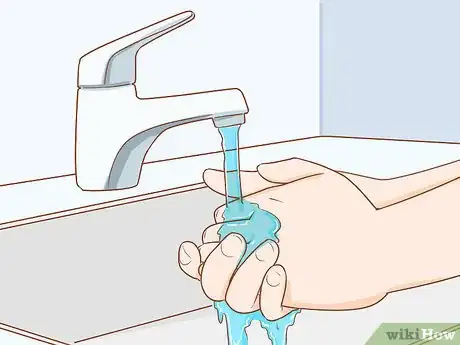
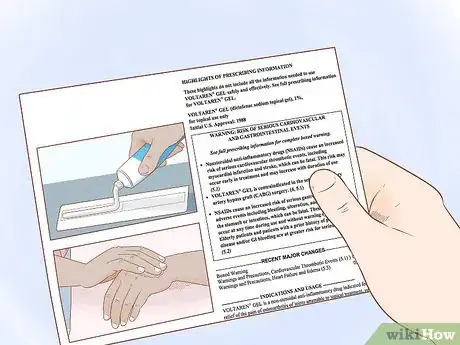
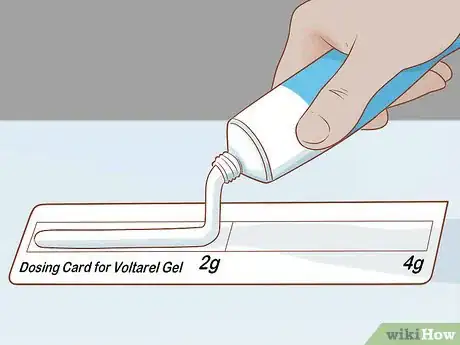
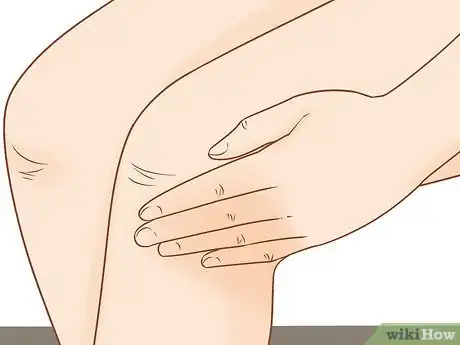
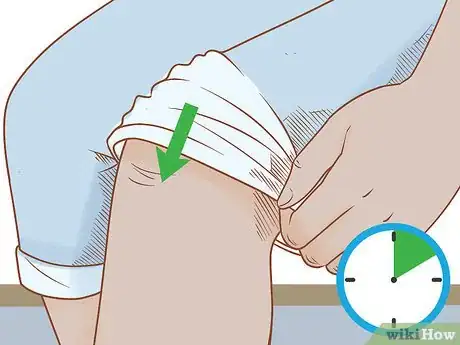
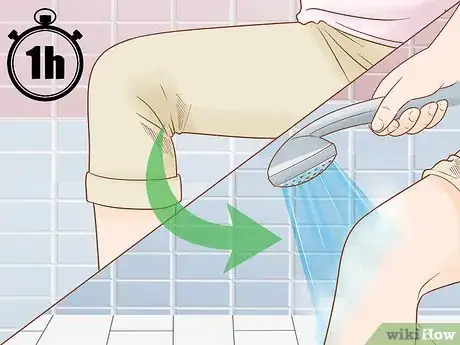
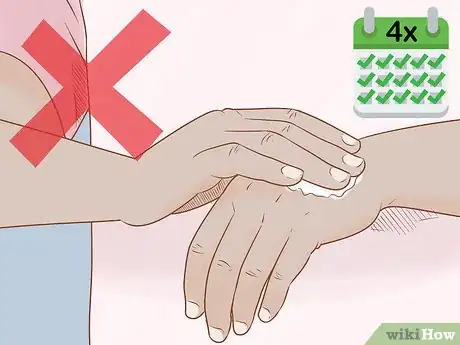
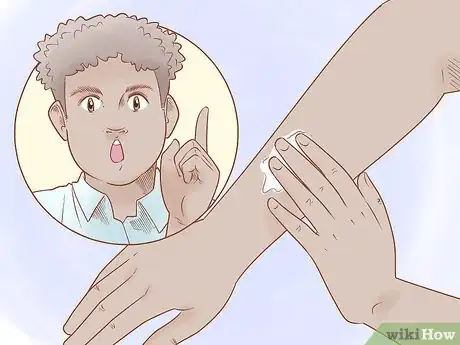

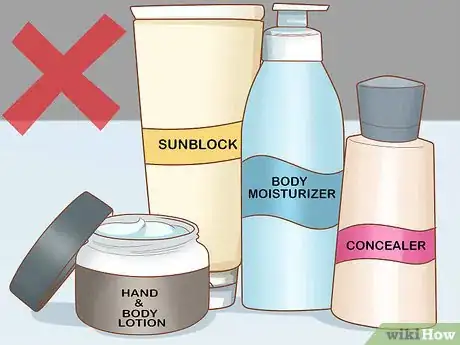



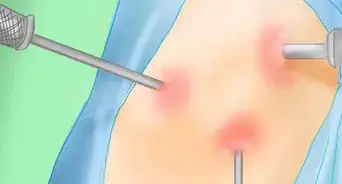


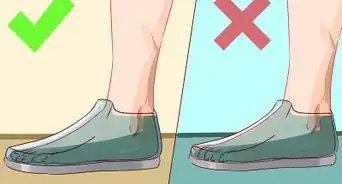


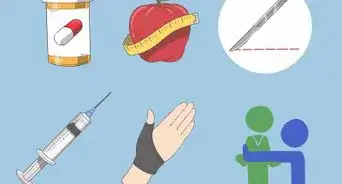
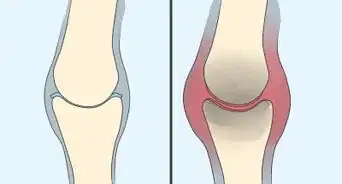
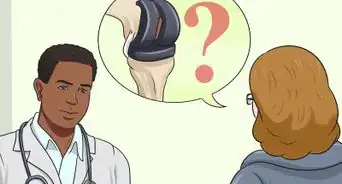














































Medical Disclaimer
The content of this article is not intended to be a substitute for professional medical advice, examination, diagnosis, or treatment. You should always contact your doctor or other qualified healthcare professional before starting, changing, or stopping any kind of health treatment.
Read More...